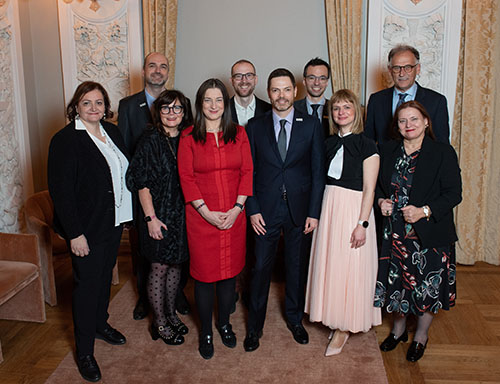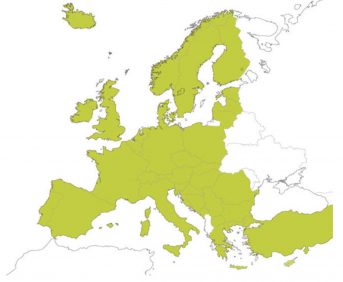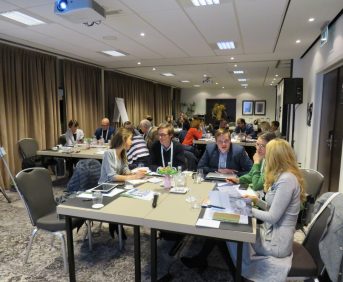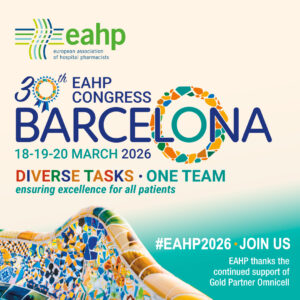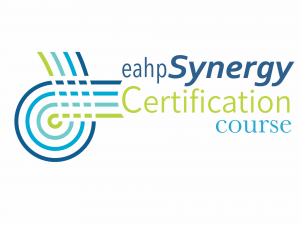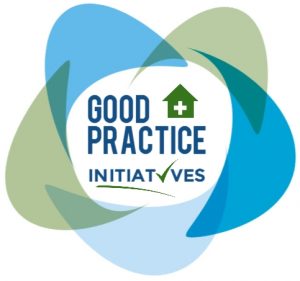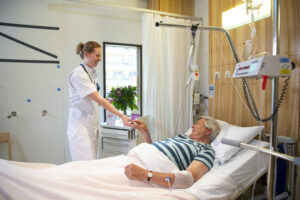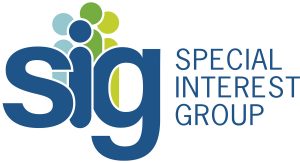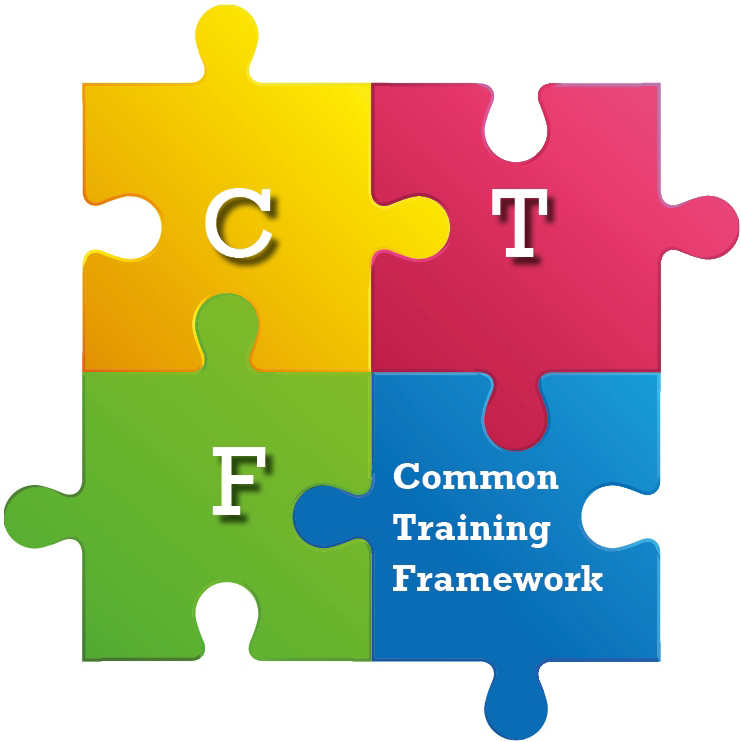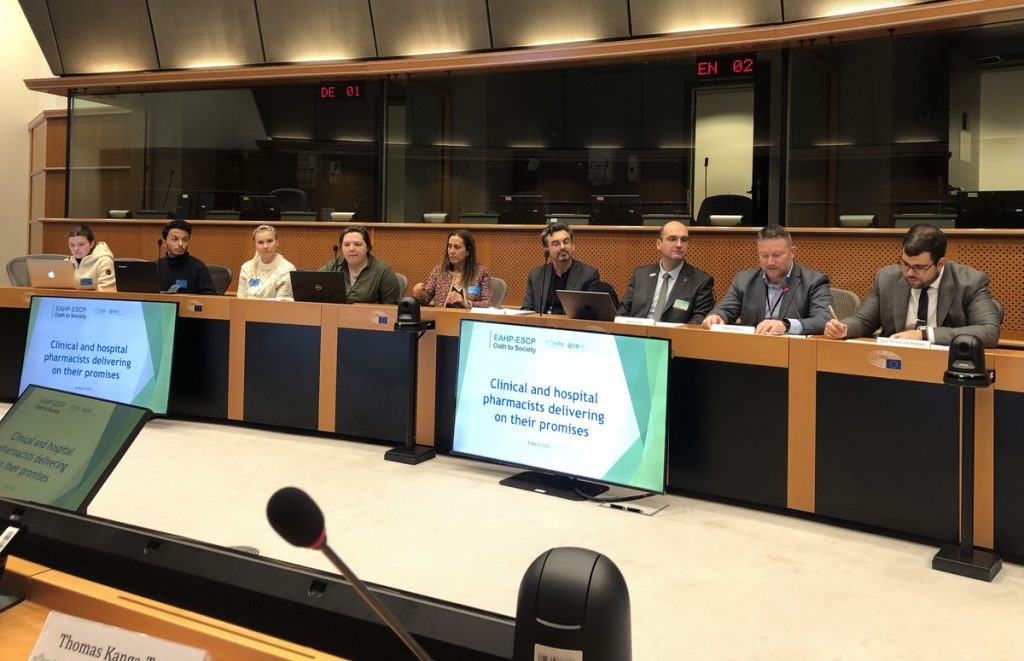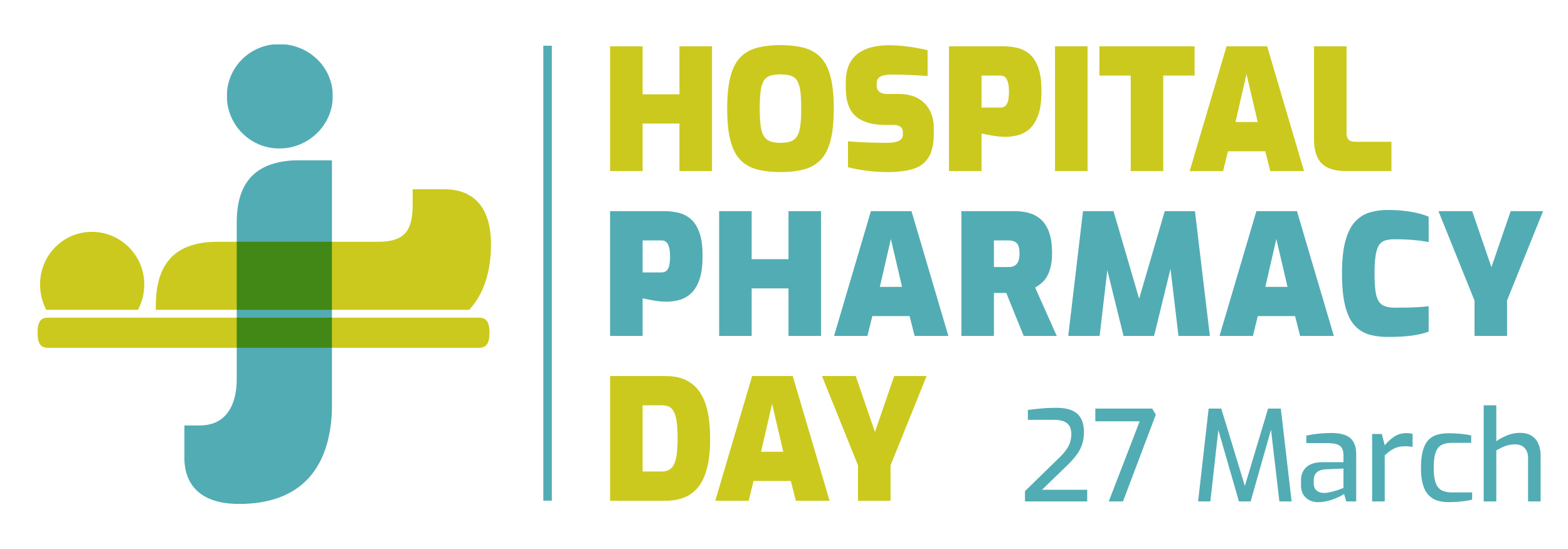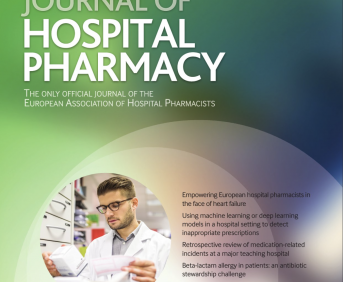What role can French hospital Geriatric units play in vaccination coverage of the elderly?
European Statement
Clinical Pharmacy Services
Why was it done?
Vaccination coverage of the French elderly is low. Geriatricians asked for pharmacist’s help in increasing their patients’ vaccination rates.
What was done?
Pharmacist staff investigated the vaccination status of patients admitted to our Short-stay and Long-stay Geriatric Units (SSGU and LSGU). Results of these investigations enabled systematic catch-up vaccinations for patients before discharge.
How was it done?
Pharmacy and medical students were trained to determine SSGU and LSGU patients’ vaccination status and report findings to unit geriatricians. Training and procedures for Admission and Discharge Medication Reconciliation (AMR and DMR) were updated to include the recording of patients’ immunisation status. Furthermore, at discharge patients were supplied with an updated vaccination booklet and apprised of the importance of full vaccination coverage. During 2021, 3 groups were compared to evaluate our practices: before AMR new procedure, after AMR new procedure and after multidisciplinary decisions for AMR and DMR.
What has been achieved?
In SSGU and LSGU, all patient admission leads to an AMR. 45 patients were included in the first group, 39 in the second group and 46 in the final group. Since the 1st of March, AMR help geriatricians regarding vaccination status. Between March and April, 46% (17) of AMR found the entirety of the patient immunisation status compared to 2% (1) in the first group (p<0,01), and 35% (14) of AMR found at least one immunisation status among French recommendation compared to 24% (11) in the first group (p=0,12). In June, multidisciplinary medical team improved AMR et DMR practices to increase patient’s vaccination rates. In July, 51% (23) of all unit patients discharged had an up-to-date vaccination status compared to 2% (1) in the first group (p<0,01). 22 patients required pneumococcal vaccination: 8 received a dose during their stay and 2 had a dose prescribed at discharge. 27 patients required a Tetanus immunisation: 8 were vaccinated during their stay and 1 had a dose prescribed at discharge. Moreover, 46% (21) of patients received a short education from a pharmacist student and an up-date vaccination booklet. To conclude, 42,8% (15 of 35) of SSGU patients with incomplete vaccination coverage benefitted from catch-up vaccinations in July.
What next?
Vaccination coverage of eldery in not only a local public health preoccupation and systematic catch-up vaccination is easy to implement.
SHORT, TARGETED NEWSLETTERS IMPROVE ADHERENCE TO NATIONAL TREATMENT GUIDELINES
Pdf

European Statement
Introductory Statements and Governance
Author(s)
Ane Hornbaek Mortensen
Why was it done?
Previously, a quarterly report showing adherence to national treatment guidelines was issued to all hospital administrations in our region. It was their responsibility to forward this to the appropriate specialists/consultants. This often failed and even when it was done, our experience showed that it wasn’t read by the consultants. Consequently, prescription patterns didn’t change despite the report highlighting the wards that weren’t complying with the national treatment guidelines.
What was done?
Short newsletters including graphs/tables showing the ward’s degree of adherence to national treatment guidelines were emailed to the chief consultant of the specific ward.
How was it done?
In our region a 6-person analytical team, which includes 3 hospital pharmacists, monitors adherence to national treatment guidelines issued by our national council for the use of expensive hospital medicines (RADS). Based on the results, the analytical team decides which newsletters to write. The hospital pharmacists in the analytical team are responsible for writing the newsletters and emailing them direct to the relevant specialist/consultant.
What has been achieved?
It seems as if the introduction of more targeted information has led to more rapidly changing prescription patterns. One example is oral iron chelating agents to hematological patients where a RADS guideline was issued recommending that all new patients should receive deferipron instead of deferasirox. This information was initially issued through the usual channels (via hospital administration) but no change in the use of deferipron/deferasirox was seen. This only happened after emailing a newsletter directly to the chief consultants of the three hematology wards in our region, showing the current use of deferipron/deferasirox and the potential cost reduction. Nine months and three newsletters later the percentage of deferipron use on the hematology wards increased from 2% to 27%, leading to a 22% cost reduction. Target was 25% deferipron (the guideline only covered new patients). The total increase in the percentage of deferipron use on hospitals in our region was 351% compared to an increase of between 0 and 19% in the other four national regions.
What next?
Continued and increased use of targeted communication in the health care system is required to ensure that specific information reaches the relevant players.
